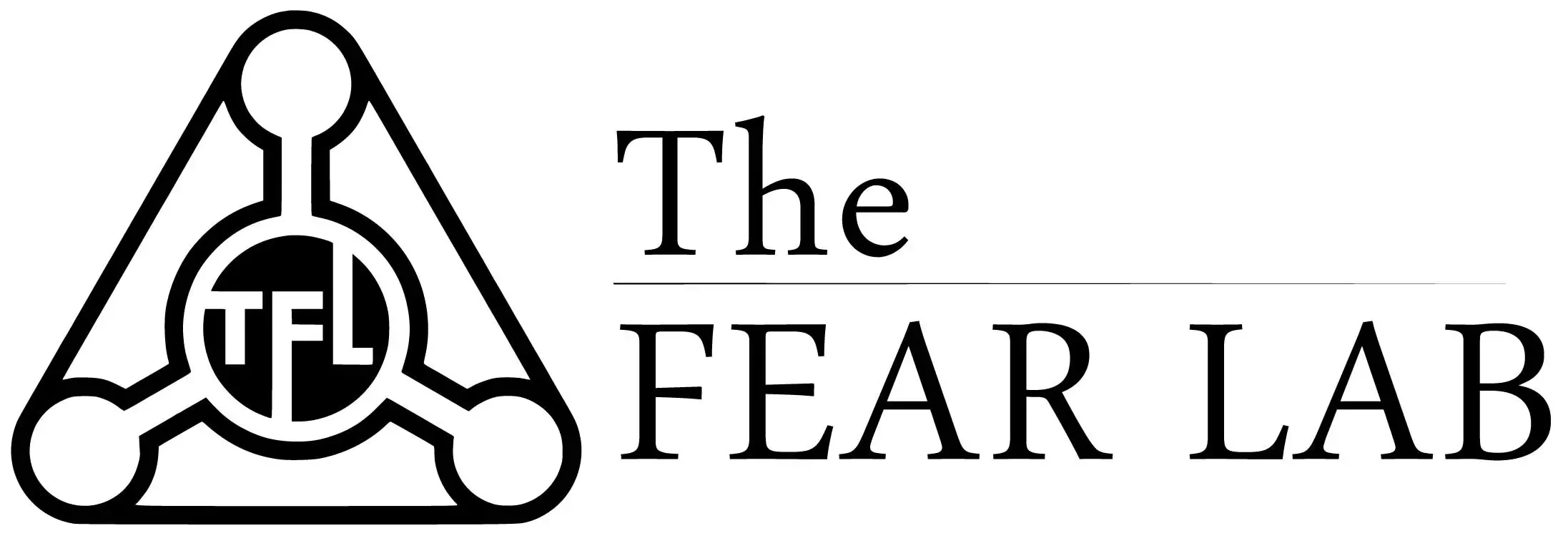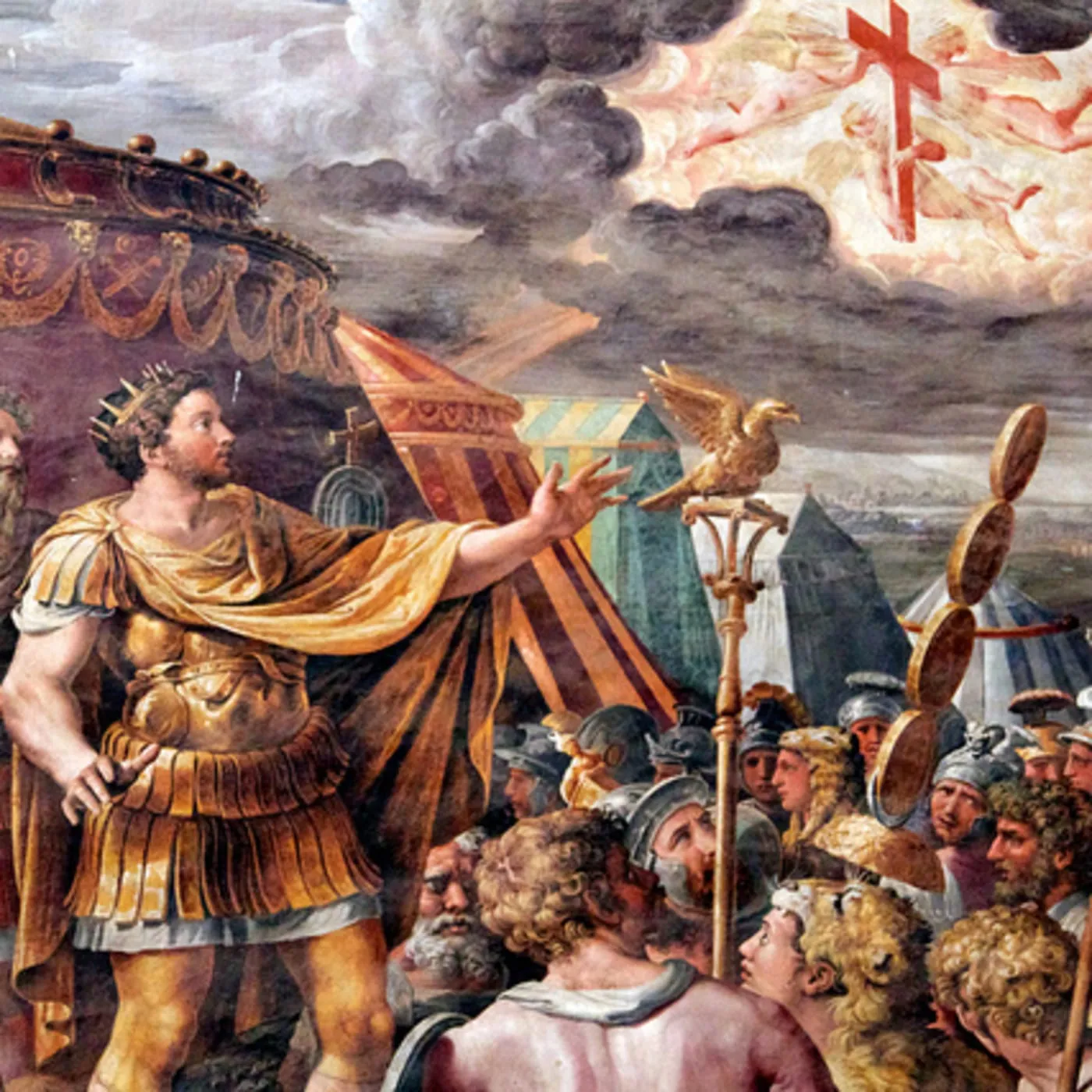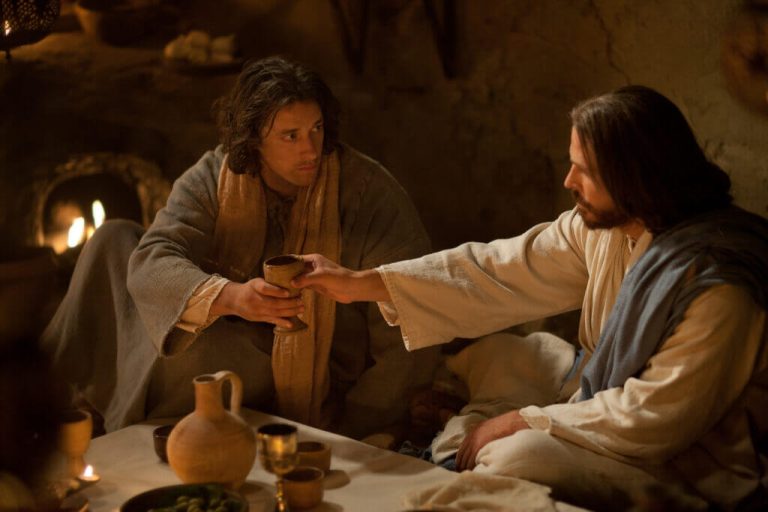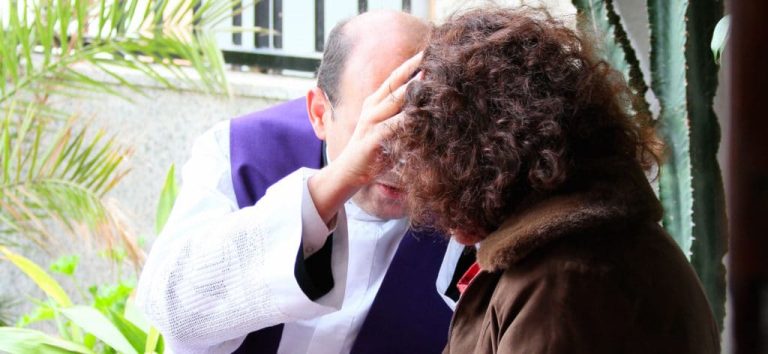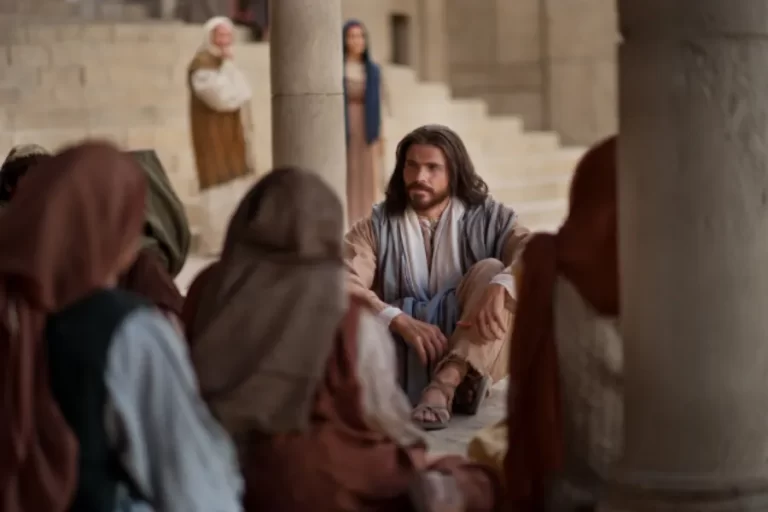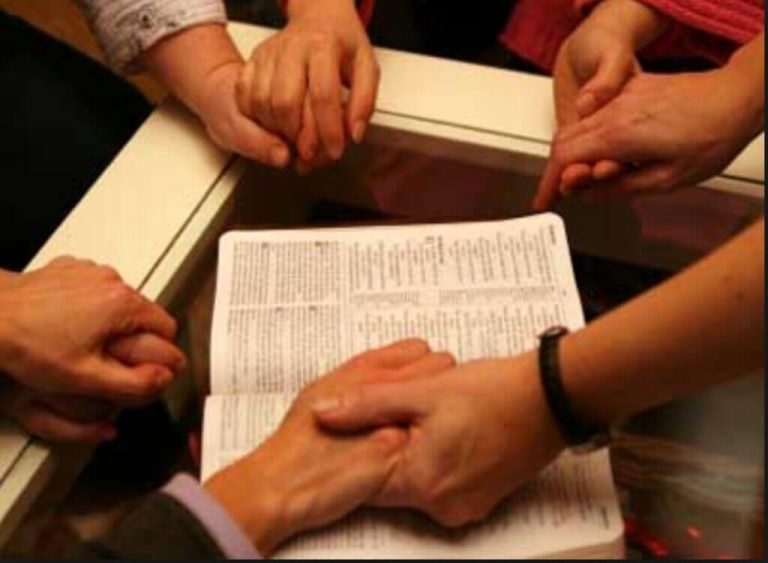Edict of Milan: Complete History and Importance
The Edict of Milan , is a declaration of religious freedom that came to be signed by the emperors of the Roman Empire in the year 313, said document ends the persecution of all Christians within the empire. In the following article we will know everything related to this topic.
Edict of Milan
The Edict of Milan, which in the Latin language, “Edictum Mediolanense”, is known in the same way as The Tolerance of Christianity, which was promulgated in the regions of Milan in the year 313 and in which the freedom of religion in the Roman Empire, resulting in the end of the persecutions that were directed by the authorities against some religious groups, particularly Christians.
The edict came to be signed by Emperor Constantine I the Great and Licinius, the leaders of the Roman empires in the Western and Eastern regions, respectively. At the time of the promulgation of the edict, there were in the Empire about 1,500 episcopal sees and at least at least 5 to 7 million inhabitants of the 50 that came to make up what is the empire. who professed Christianity.
After the approval, they came to originate what was the stage known by all Christian historians as the Peace of the Church.
This same year we celebrate the seventeenth (17) anniversary of the decree by which all Christians were able to live, without having to stop being Christians. The emperors Licinius and Constantine were the ones who gave that so-called “Edict of Milan”, one for the Eastern regions and the other for the Western regions, and with it, the Christians would ascend in what is the scale of positions in the Empire.
In fact, one of the same emperors who came to grant the decree to which we are referring ended up being a Christian and also granting the Church a few donations that would become the foundations of the temporal power that the Church would have had in years past.
His own mother who comes to figure among all the saints, who is Saint Helena, would become one of the people who would exert her influence so that in a few years past, the religion that was persecuted in what was an attempt to drown her in blood, ended up being the only religious option that the same emperors came to give their subjects.
We are referring to what was the decree “Cunctos Populos” with which Emperor Theodosius came to declare the Catholic Church as the only religion that could be followed in the domains of the empire. In about 3 centuries it had gone from being a proscribed religion, to being the only one that was being supported by the civil power itself, to the point of prohibiting all the others.
Background
Earlier, in the year 311, the Emperor Galerius had issued a kind of edict in the city that came to be known as the Edict of Toleration of Nicomedia. So you may be wondering what is an edict ? In these or in this, indulgence was granted to all Christians and their legal existence would be recognized and also the freedom to be able to hold meetings and build temples for their God, so the persecution of them was going to end.
Having once received this kind of indulgence, they will have to pray to their God for our safety, for that of the Republic, and also for their own, that the Republic remain intact, and so that all of them can live peacefully. in their homes.
Characteristic
The imperial edict or constitution was approved, among another series of measures that were taken jointly by the Roman emperors of the East and the West in the month of June of the year 313. In this, the following was established:
Being warned for a long time that freedom of religion should not be prohibited, but that the discretion and freedom of each one should be allowed to exercise divine things in accordance with the opinion of his soul, for which we have sanctioned that , both all the others, as well as the Christians, come to preserve the faith and the observance of their sect and their religion that the Christians and also all the others are granted the free faculty to come to follow the religion that suits them best. have.
So that whoever becomes the divine and heavenly numen may be propitious to us and also to all who dwell under our rule. In this way, then, we have come to promulgate this kind of will of ours with a healthy and very upright criterion, so that no one is completely denied the license to follow or be able to choose the observance and the Christian religion.
Impact
The edict of Milan not only came to mean the official recognition of all Christians, but it was also the one that brought about profound changes within the Roman Empire, as well as the beginning of the expansion of the Church. The application of the edict was what gave back to all the Christians their old meeting places and also their worship, in that way like the other properties that had been confiscated by all the Roman authorities and were sold to private individuals.
Property will eventually be returned to all Christians without demanding payment or reward of any kind, and without admitting any kind of fraud or deception. This came to give Christianity a kind of legitimacy status alongside the Roman religion, and to that effect deposed the latter as a kind of official religion of the Roman empire and all its armies.
Religious Freedom in the Second Vatican Council
50 years after the Council, we came to refer to one of its documents, which is related to the subject and continues to be produced as a “resentment” in many. We are referring to the so-called “Dinitatis Humanae” Declaration.
If you liked our article regarding what the Edict of Milan is, we invite you to visit the following links which may be of great interest to your life:
